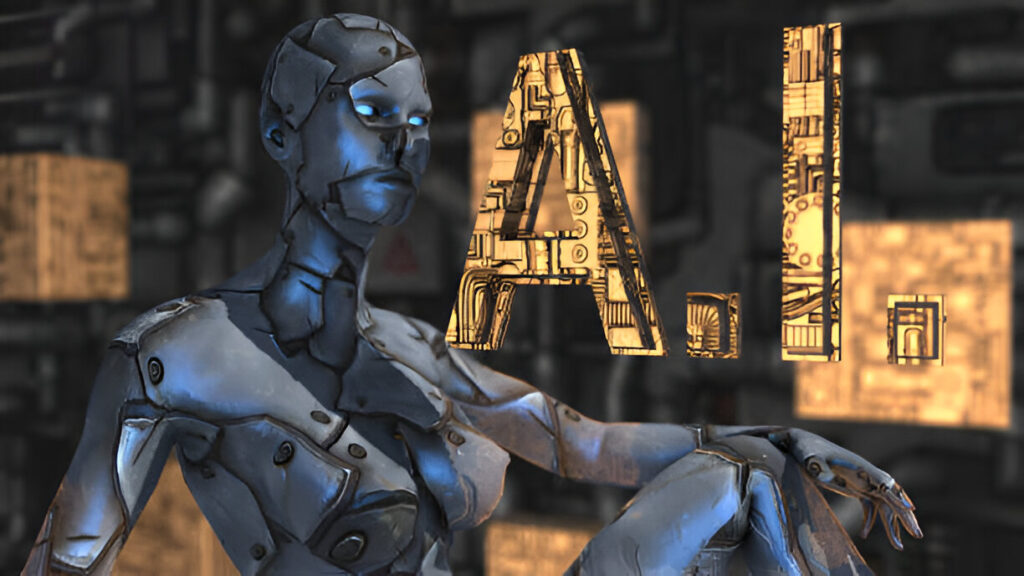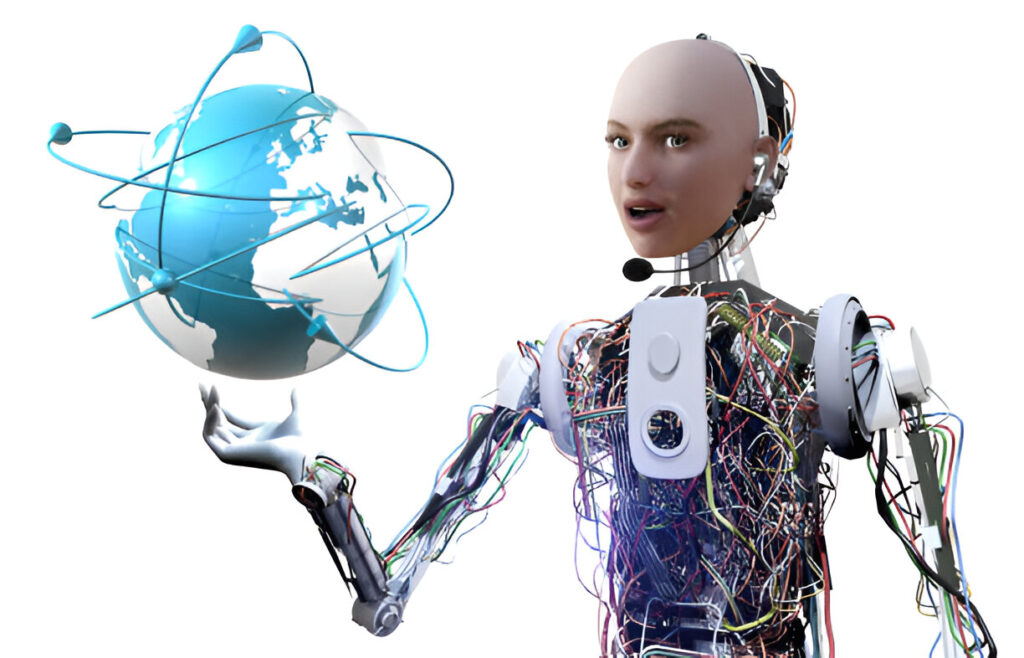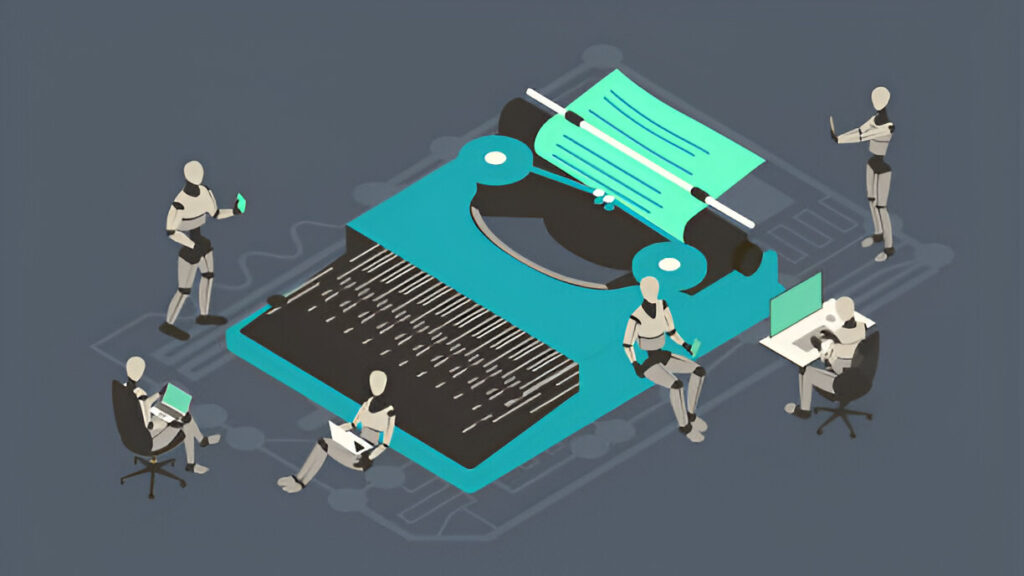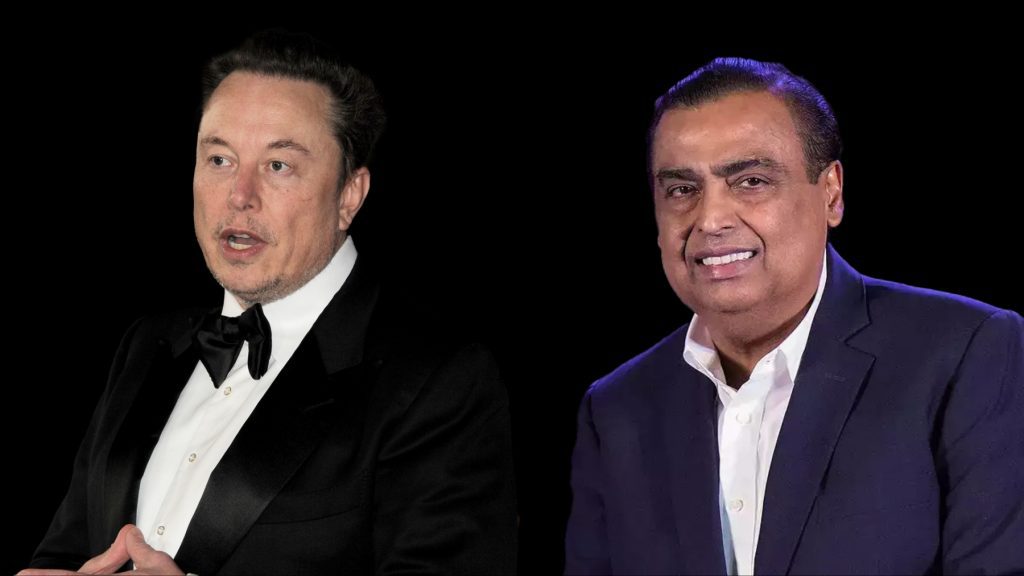
Polish radio station replace journalist with AI ‘presenters’
Polish radio station replaces journalist with AI ‘presenters’
In a bold move that mixes technology with radio, a Polish station has replaced human journalists with AI ‘presenters.’ Imagine turning on your favorite station and hearing an AI voice sharing news, music, and commentary. It sounds warm and friendly, just like traditional broadcasters.

This major change grabs attention and sparks a discussion about the changing world of media and creativity. It also explores how we connect with audiences in a more digital world. Join us as we explore this interesting development.
Is this innovation creating a new era of broadcasting? Or is it taking away the essence of journalism?
Introduction to the use of AI in journalism
Imagine listening to your favorite Polish radio station. You find that the host’s familiar voice is now an AI presenter. The move from human journalists to artificial intelligence is not just a science fiction idea. It is happening right now in Poland.
As technology advances at lightning speed, many industries are adopting AI solutions. Journalism is no exception.

The wave of change brings up questions about the future of media and how we receive news. Could we witness a revolution that reshapes how people tell stories?
Let’s look at this interesting development. We will explore the world where journalists and AI work together. They may even compete for the attention of audiences.
Overview of the Polish radio station’s decision to replace human presenters with AI
A Polish radio station has made headlines by opting to replace its human presenters with AI technology. This bold move is the latest example of how traditional media is evolving in response to technological advances.
The decision comes amidst a growing trend where automation aims to enhance efficiency and reduce costs. The station believes that AI can deliver news faster and more consistently than human journalists.

Listeners might find this change surprising. Radio has always been linked to a personal touch from human voices. However, the management sees potential benefits in adopting cutting-edge technology for daily broadcasts.
As audiences adapt to changes in content delivery, questions arise about what this means for the future of broadcasting. The effects go beyond one station. They show larger changes in the industry as it deals with new ideas and what audiences want.
How does the AI ‘presenter’ work?
The AI ‘presenter’ operates through advanced algorithms and machine learning techniques. It analyzes vast amounts of data to generate news scripts quickly and efficiently.
Using natural language processing, the AI can understand context, tone, and even emotions associated with various topics. This enables it to deliver news in a manner that feels engaging to listeners.
Moreover, voice synthesis technology plays a crucial role. The AI replicates human-like speech patterns, making it sound surprisingly natural when delivering updates or stories.

Constantly updated databases ensure that the information presented is timely and relevant. As new content becomes available, the AI adjusts its output accordingly.
This mix of technologies makes broadcasting easier. It also allows for 24/7 operation without breaks, which human presenters cannot do. While this approach gains clear efficiencies, nuances in storytelling may still lose their impact in translation.
Pros and cons of using AI in journalism
The rise of AI in journalism brings both advantages and challenges. On one hand, AI technology can process vast amounts of data rapidly. This means that news outlets can deliver information faster than ever before, keeping audiences updated in real-time.
AI ‘presenters’ also have the potential to reduce operational costs for media outlets. No need for salaries or benefits makes it an attractive option for budget-conscious organizations.

However, reliance on AI raises concerns about accuracy and depth. Machines may struggle to capture the nuances of human emotion and context that seasoned journalists understand innately.
Moreover, there’s a fear that creativity could suffer. Storytelling often requires a personal touch—something algorithms simply can’t replicate fully.
Lastly, employment is at stake here. The use of machines instead of people causes worry in the industry. Many are concerned about job security and future careers for new journalists.
Impact on the future of traditional journalism
The shift towards AI presenters in the Polish radio station raises critical questions about the trajectory of traditional journalism. As machines take over certain roles, human journalists may find their influence waning.
This change could lead to a homogenization of news content. AI systems often use existing data and patterns. This can limit creativity and unique views that only humans can provide.

Moreover, audience trust might be at risk. Listeners often connect with familiar voices and personal storytelling; an algorithm lacks this emotional touch.
On the flip side, efficiency improves dramatically with AI-generated reports. Newsrooms could allocate resources to investigative journalism or in-depth analysis rather than routine broadcasting tasks.
As technology evolves, so will journalistic practices. The mix of human insight and smart algorithms could change how we inform society. However, many people wonder where authenticity belongs in this new world.
Ethical considerations and concerns
The rise of AI in journalism brings a host of ethical concerns. One pressing issue is the potential for misinformation. An AI presenter may misinterpret data or present biased information, leading to confusion among listeners.
Moreover, the lack of human oversight raises questions about accountability. If an AI makes an error, who is responsible? This ambiguity could undermine trust in media outlets.

Then there’s the impact on employment. Replacing human journalists with algorithms threatens jobs and stifles diverse voices within the industry. It risks creating a homogeneous news landscape dominated by automated reporting.
Transparency also becomes crucial when using AI in journalism. Audiences have the right to know when they are hearing from an algorithm instead of a real person.
Lastly, privacy concerns arise as these systems collect data on listener preferences and behaviors. It is important to handle this information responsibly. This should be a key point in any discussion about AI’s role in media.
Comparison to other industries implementing AI technology
The shift toward AI technology is not exclusive to journalism. Industries like healthcare, finance, and manufacturing have already embraced these advancements.
In healthcare, AI algorithms assist in diagnosing diseases with remarkable accuracy. They analyze vast amounts of data faster than any human can. This has transformed patient care by providing insights that would be impossible for a single doctor.

Finance also benefits from AI through automated trading and fraud detection systems. These tools help institutions make swift decisions based on real-time data analysis.
Manufacturing uses AI-driven robots for assembly lines, increasing efficiency while reducing costs. Human workers are often upskilled rather than replaced entirely, making the transition smoother.
Each industry showcases how AI can enhance productivity and redefine roles. The lessons learned here could inform how journalism adapts its workforce amid technological change.
Expert opinions and reactions to the news
The decision by the Polish radio station to introduce AI presenters has sparked a lively debate among industry experts. Many journalists express concern about job security and the loss of human touch in broadcasting.
“We’re entering an era where machines might dictate how news is delivered,” warns one media analyst. Others argue that AI can enhance efficiency and provide rapid updates, especially during breaking news events.

Listeners have also voiced mixed reactions. Some appreciate the novelty of AI voices but worry about emotional connection and authenticity.
Academics urge caution, highlighting potential biases embedded within AI systems that may shape narratives unconsciously. They emphasize the need for transparency in how these technologies are developed.
Overall, this move is seen as a critical juncture for journalism, raising questions not just about jobs but the very essence of storytelling itself.
Conclusion: Is this a glimpse into the future of media?
The decision of a Polish radio station to replace human journalists with AI presenters raises significant questions about the future of media. As technology continues to advance, we find ourselves at a crossroads where traditional methods are challenged by rapid innovation.
While AI can enhance efficiency and reduce costs, it also poses risks that cannot be ignored. The emotional connection fostered through human storytelling is irreplaceable. Listeners often seek more than just information; they crave authenticity and relatability—qualities that machines struggle to replicate.

As other industries adopt similar technologies, including healthcare and finance, journalism must navigate its unique challenges carefully. Expert opinions vary widely on this issue. Some see the integration of AI as an opportunity for growth and evolution in reporting practices, while others caution against losing the essence of what makes journalism valuable: its humanity.
Whether this move by the Polish radio station signals a permanent shift or serves as an experiment remains uncertain. What is clear is that as long as there are stories to tell, the conversation about how we share them will continue—balancing innovation with integrity in our ever-evolving digital landscape.






